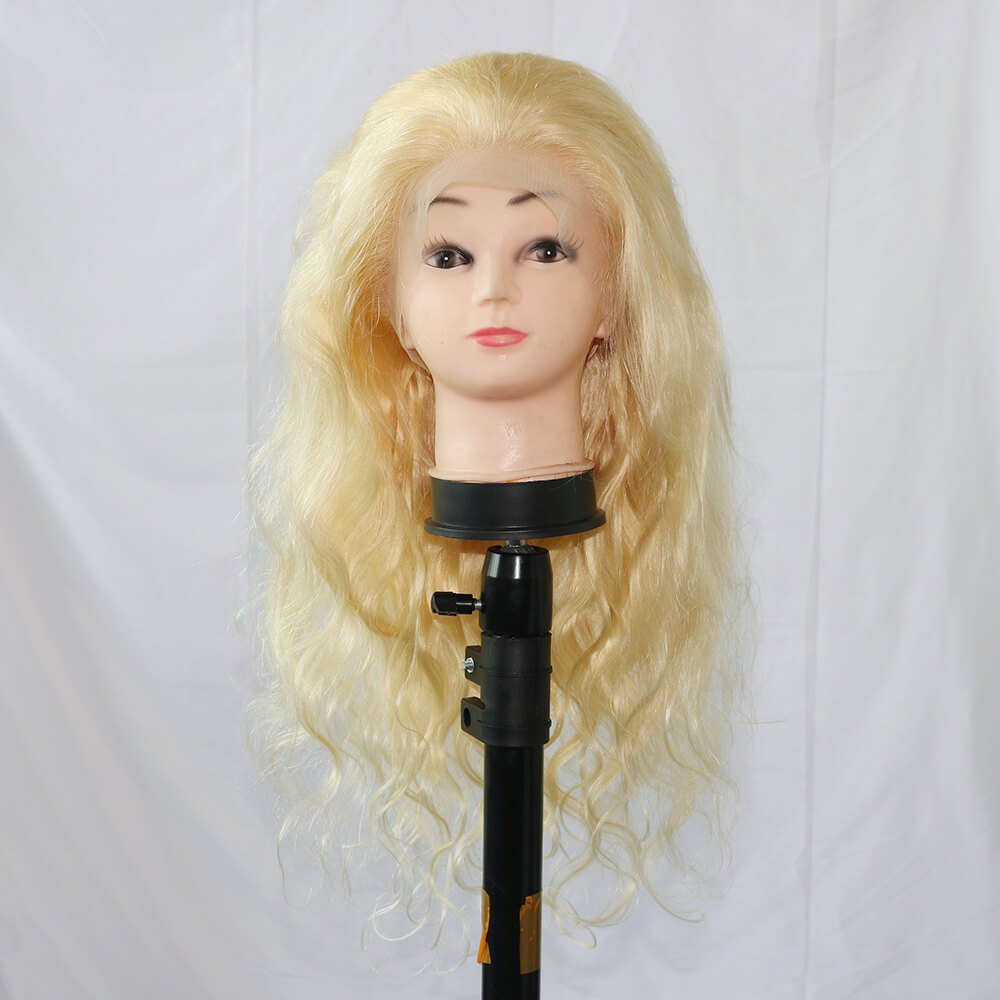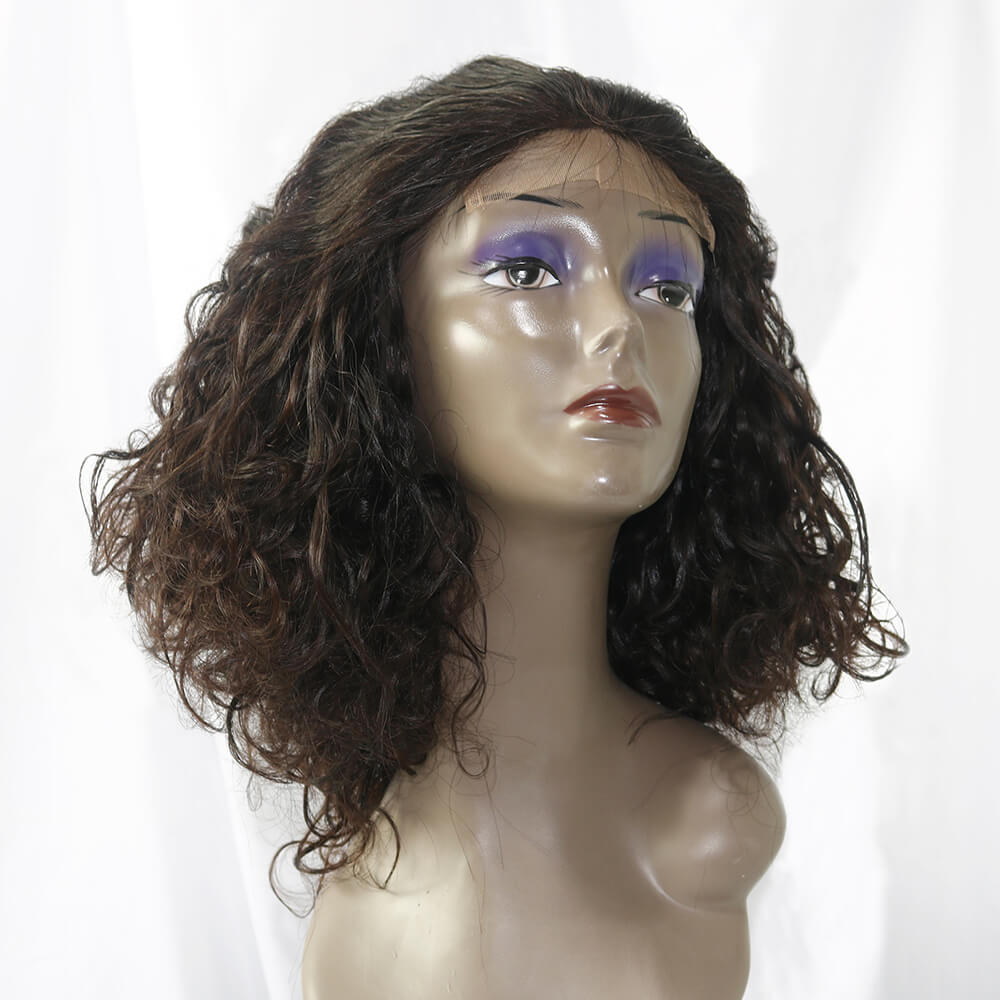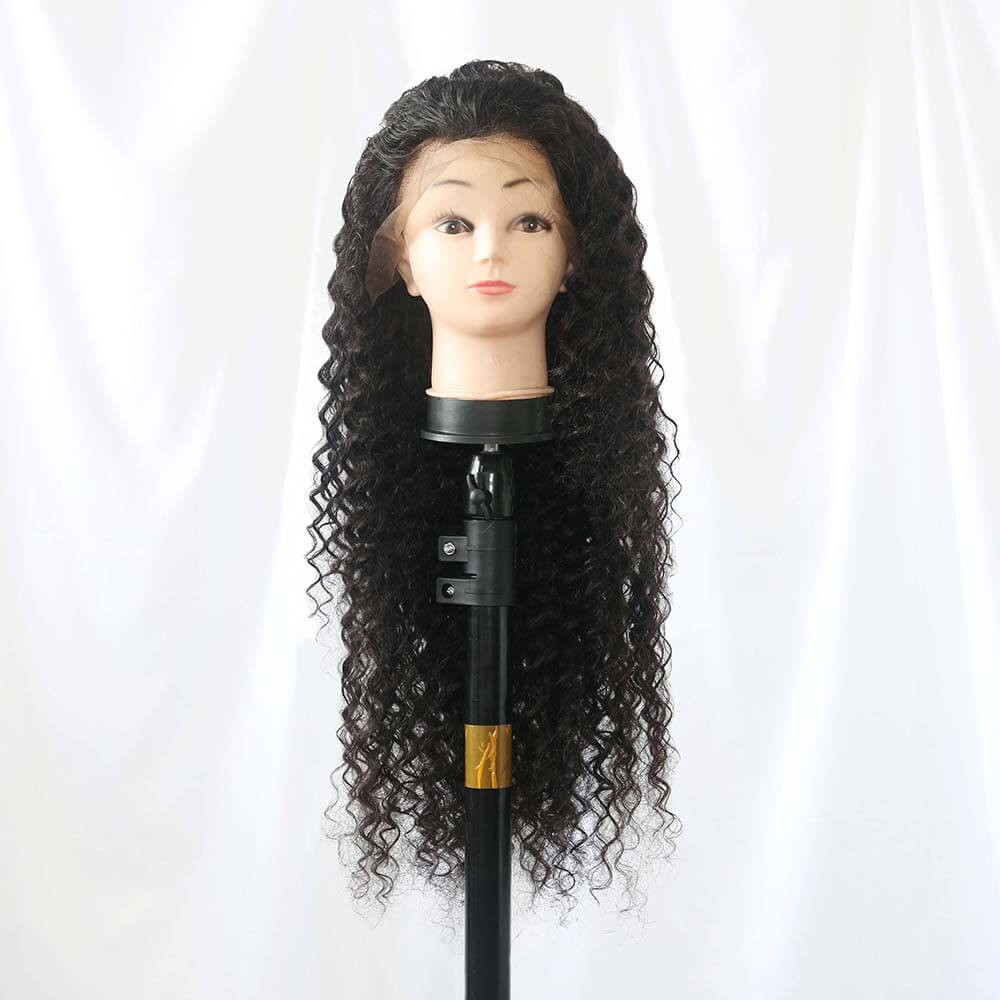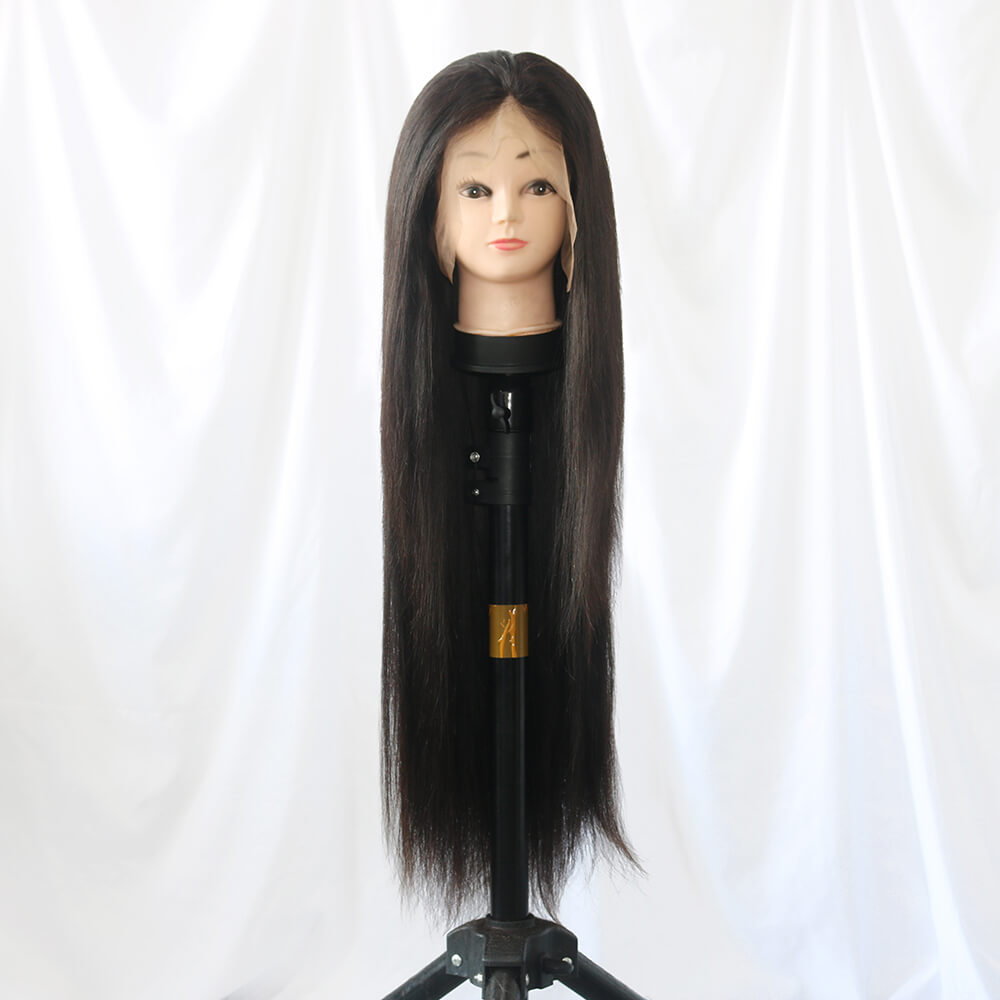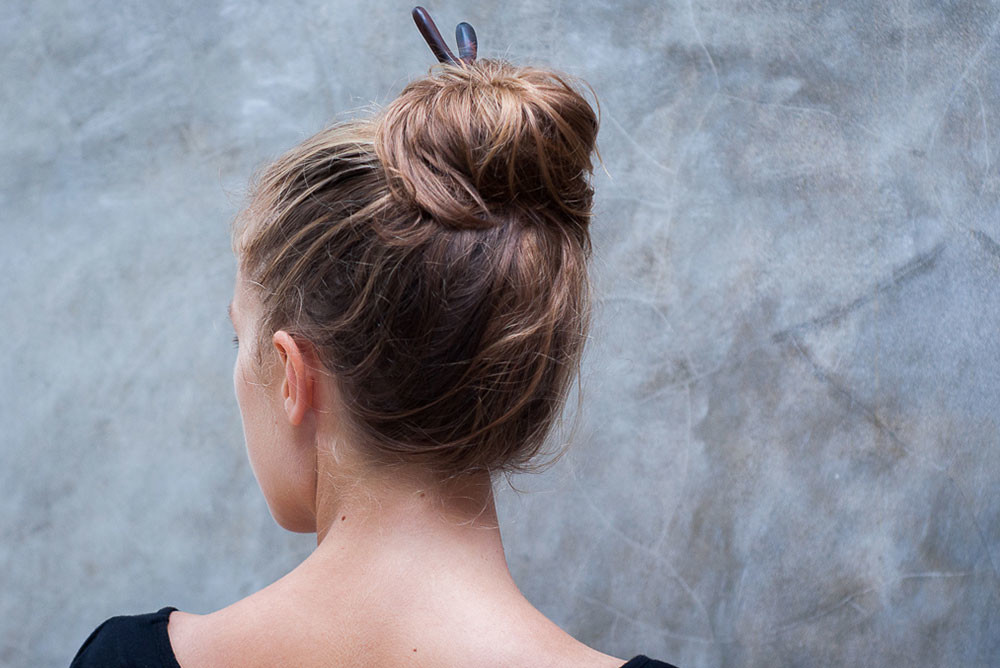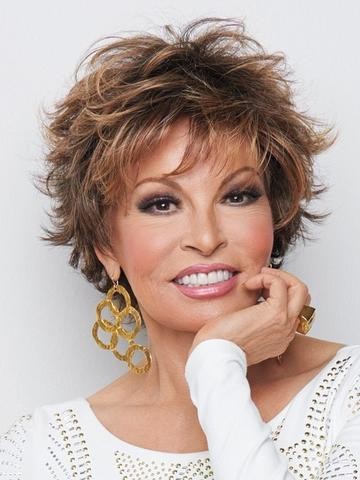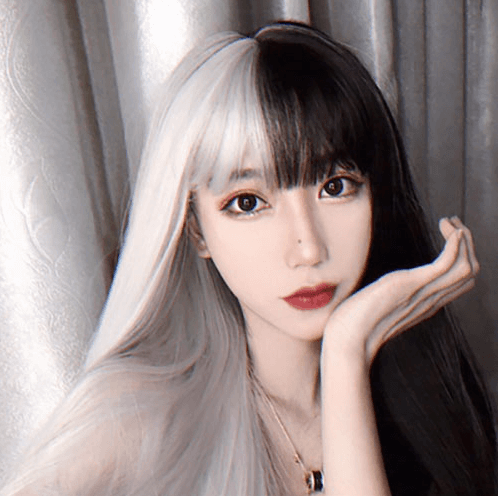Perfect tight curls, long &straight, and braids type of hair wigs are absolutely gorgeous and is the dream of African American women.Statistics indicate that the black hair business is reaping a good $500 billion per year. This is not a shock for the black community because black culture values hair. No wonder more and more women continue to purchase hair extensions and wigs.
This year will be the year of African American human hair wigs.This passage will show you the popular African American human hair wigs in 2020.Then,please continue down look here.
- History of the wigs
- Tips for shoping African American wigs
- The popular African American human hair wigs on Fayuan Review
- The tips of caring the African American human hair wigs
History of the wigs
Since wigs’ emergence in ancient Egypt, it has evolved from a necessary tool, to a symbol of status, and, finally, a source of both artistic expression and pop cultural fascination.
BORN – Ancient Egypt (2700 b.c.e)
Ancient civilization was no (Egyptian) walk in the park. The hot, dry climate made it almost impossible for people to let their hair grow without getting overheated or attracting lice. So men and women kept their heads shaved, and donned wigs to protect their scalps from the sun.
But they weren’t just practical accessories. Wigs also became a way denote social status, wealth, and even religious piety. The most expensive models were made with human hair, beeswax, and animal hair, and decorated with gold pleats, beads, and ribbon. Men and women alike were buried with their wigs, in hopes of appearing wealthy and beautiful in the afterlife.
In short, people were wigging out all over Egypt.
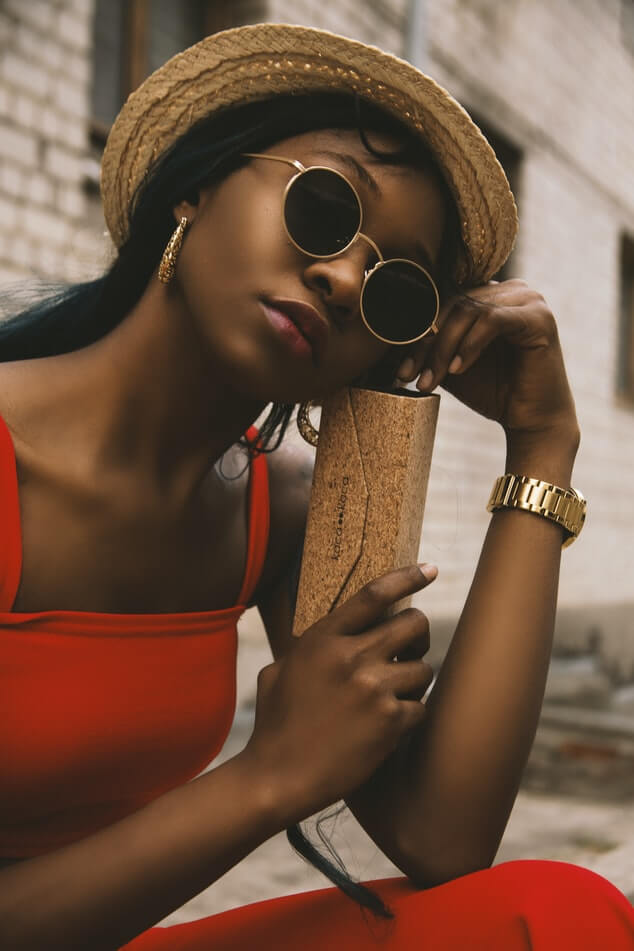
EUROPE GETS WIGGY WITH IT – 16th-18th Centuries
Despite the Egyptians’ ornate hair creations, wig fashion had become more or less obsolete in Europe until the middle of the 16th century, when the syphilis epidemic terrorized the continent and, in many cases, stripped the hair of those infected. In the face of widespread baldness, Europeans finally embraced the wig.
Necessity kept false hair relevant through the 17th century, providing King Louis XIV with a way to hide his thinning follicles (while preserving his public image, of course). Frenchmen of all classes were keen to replicate Louis’s new ‘do, and voila—Europe’s newest superfluous fashion trend was born.
In the years that followed, men of high status sported long, fluffed curls, while women experimented with elaborate hairpieces.
Meanwhile, in England, hair became the favored way for upper class Brits to showcase their wealth and power. Following the reign of King Charles II (1630-1685) — who went nowhere without his fabulously long hairpiece — wigs became a staple of English polite society, and a part of mandatory dress codes for court officials and other high ranking professionals. The 18th century marks the peak of wig history. Once it was embraced by the rich and famous, the wig became a must-have accessory for European and Colonial American men looking to show off their status. Different sizes, shapes, and styles emerged (like the classic powdered wig or peruke) to meet growing demands. Those in the lower class made do with cheap hairpieces, or by fixing their own hair to look more wig-like.
HAIR TODAY, GONE TOMORROW
Of course, the fad wouldn’t last. In the wake of the French Revolution, ornate hair became associated with the newly despised aristocracy, and the masses embraced more natural-looking locks. By time the 19th century rolled around, the wig’s function as a status symbol had been almost completely abandoned.
At least, temporarily.
INTRODUCING WEAVES, THE WIG’S DISTANT COUSIN
In 15th century Africa, wigs weren’t used much. But hairstyles were still an indication of marital status, age, religion, and rank.
When slavery began in the United States in 1619, those sold were stripped of their identities, and forced to take on whatever appearance their captors deemed fit. For some, that meant wearing wigs resembling those donned by their owners, and, for others, it meant cutting their hair off completely.
Even when slavery was abolished in 1865, African Americans remained under pressure to fit in with white society. “Neat” (read: straightened) hair became a requirement for most schools, churches, and social groups. Many African Americans adjusted their hairstyles accordingly, using hot combs, oils, and hairsprays.
In 1951, African American hairdresser and wig manufacturer Christina Jenkins invented the “hairweeve,” by sewing synthetic hair into her clients’ own follicles. The weave, as it’s now known, became a revolutionary tool for African American women. Sewing in hair, rather than simply letting it sit on one’s head, allowed the weave to stay in place for extended amounts of time. And the endless variations in color, style, and length gave wearers unlimited creative freedom.
The rise of the weave soon led to hair extensions, clip-on hairpieces, and other accessories that are now used by people of all ages, races, and genders. The weave also figures heavily into drag culture, where it allows drag artists to transform themselves with particularly elaborate hairstyles (more on that later).
NATCHED – Wigs in the 21st century
Today, the wig has taken on a more artistic and theatrical function, adding pizzazz to Halloween costumes, fan conventions, and stage productions. Actors, musicians, and celebrities—from Cher to Lady Gaga to The Kardashians—wear wigs as fashion statements, to signify new personas, or simply to show how magnificent they are (much like the aristocrats of the 18th century).
The historical significance of wigs isn’t lost in pop culture, either. Savvy viewers can identify the approximate time a movie or TV show takes place just by looking at the type of wig being worn.
Tips on Shopping for Wigs for African American
For the girl of color, wigs are a necessary addition that is meant to add a finished look to our chiseled appearance; a girl has to have her looks on lock down. Either way, wigs for black women have come a long way, whether you are beginner or pro at wearing wigs, there are some tips to carry along when shopping for one.
The Wig Texture
If you were expecting a different first option, sorry. African American women love their wigs to feel good; it adds the extras to the vibe, pizzazz, and swag. What’s more, you don’t want your girlfriends touching your wig and having to complain about your wig.
The Wig Color
You will definitely not run out of color choices for African American people shopping for wigs. In as much as the color of the wig is essential, the right tone should take precedence.
For example, black, browns, Auburn, and honey blondes are great color choices for dark skin women. Medium skin complexion African American people can wear all the colors listed above, but can also rock copper and gold wigs very well.
African American people can wear all wigs as their light skin blends well with all wig colors as their tone will allow it.
To that, we advise you to go to a store with enough recommendation and one that will allow you to feel the hair with your fingers and one your head. Additionally, with African American people, there are four common textures namely smooth straight, curly, wavy, and an afro for you to choose from.
The Wig Length
While most African American people can wear any length, it is paramount to choose one that accentuates your facial features. Wig length range for short and sleek, bob, and shoulder-length and all the way down your back. Whatever your choice, it should fit you.
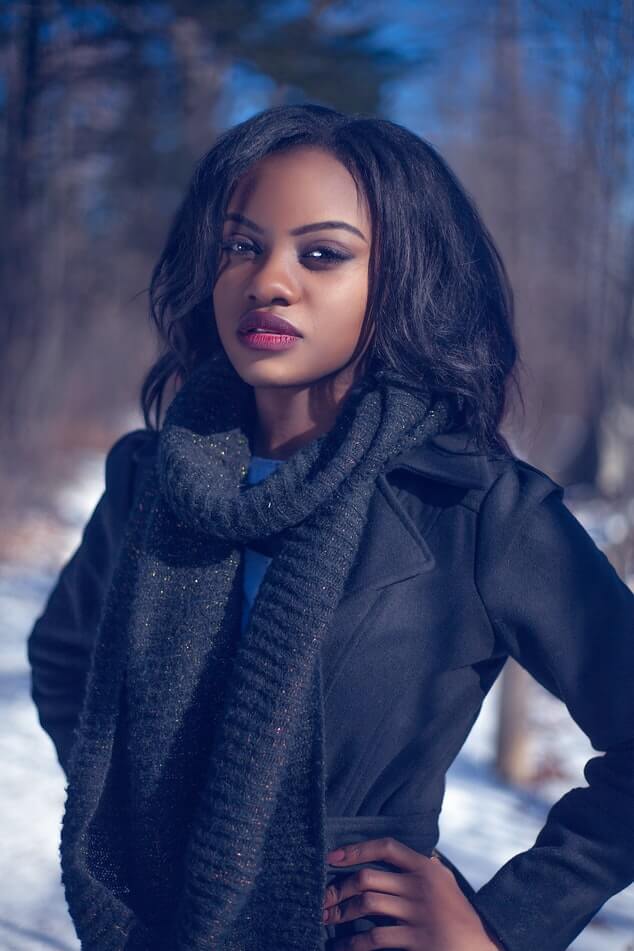
Know Your Type
There are two wig choices for any African American people shopping for wigs, synthetic or human hair. If you wear your wig daily, it is essential to choose one that will take the beating and still look posh tomorrow with less maintenance.
Human Hair
If you are opting for human hair, choose the ethnicity, style, and texture, remember that these classes of wigs are expensive but can withstand the same treatment your natural hair will take such as shampooing, conditioning, heat treatment, cutting and rolling.
Synthetic Hair
Opting for synthetic hair, they allow for a broader option with color, texture, and style; moreover, they are affordable, but it won’t withstand the same treatment a human wig will take, so choose carefully.
The Wig Design/Style
Different wig styles will give you enough room to change your look and style daily without any bother.The wigs come in different styles, but you have to choose the style that suits your personality. Do you like straight, wavy or curly hair? Are you after a short, medium or long hair? Also, how would you like to style it are some of the questions that will lead you to the right wig.
Durability
How long you need the wig to last will also determine the choice. Because if you want to use it just once, then you can get a cheap and good-looking synthetic wig. Whereas if you are looking for a wig that will last for a year, you can go for human hair.
Wigs for African American on Fayuan
Let’s take a look at some of the top-rated African American wigs and break down their features for you. What makes them great? All you need to know is included in this comprehensive review.
Here are four hot sale types of African American wigs as follow:
- 613 Blonde Body Wave Wigs
- Deep Wave African American Human Hair Wigs
- Kinky Curly Lace Frontal Wigs
- Straigt Pre Plucked Affordable human hair wigs
Wig Construction
- 200%-220%density giving you a full and natural look
- 13×4,13×6 lace front
- Lace color: Light brown and medium brown
- Pre-plucked hairline with baby hair
- 3 built-in wig combs
- Adjustable straps
Crafted out of baby hair this one comes in superb shapes and makes your hairline look all-natural. These wigs have a 13by4 or 13by6 lace front that has been carefully handcrafted giving you an undetectable, natural look when installed.And there are adjustable straps, this ensures you can adjust the cap bigger or smaller.To help you fix your wig, we added 3 built-in combs to it.
Good materials for African American wigs-100%virgin human hair
Human Hair Wigs, Real Hair Wigs or Natural Hair Wigs are ideal for women who wish to have the most realistic natural appearance as close to your own hair. Fayuan wigs made of 100% Virgin Human Hair can be curled and styled, just like your own hair. It is soft, sleek, and nicely shiny. Since it mimics your natural hair, you can style it just the same way you would with your natural hair.
Additionally, many of these wigs come with a monofilament top, which give you greater comfort. Some also have lace front’s for an enhanced more natural realistic hairline.
You don’t have to worry about using curling irons or other heat styling tools, because they are made of human hair. Some styles do come pre-styled, other do not, so we recommend you read the product description carefully before deciding on the human hair wig that best fits your needs.
How to care for African American human hair wigs?
Black and strong hair are a dream of everyone. No matter those black strands are natural or not, black hair is the sign of beauty. Since the time of ancient Egyptians, black wigs have been a sign of beauty. Egyptians used to preserve the human hair and weave them into strands which are used by the famous queens of those times. Even to till date, black hair is considered as a sign of authority and control.
However, taking care of African American wigs is also crucial and one needs to be very responsible while handling it. This article will give you a complete guideline on how can you take care of African American wigs the right way.
Features of African American Human Hair wigs
There are many types and features of African American wigs. You can choose the one according to your priorities and by taking help from a hair expert.
The most commonly used African American wigs are lace front wigs. These wigs offer the most natural appearance and no one can even judge that you are wearing a wig. Moreover, African American wigs also come in various styles such a braided, pixie, short layers, long layers and many more. Thus, you get a variety of choices when it comes to African American wigs.
Are African American human hair wigs more difficult to maintain?
African American wigs are a bit difficult to maintain due to their strength and construction. Following are the reasons due to which African American wigs are difficult to maintain:
They are difficult to detangle due to their strength and thickness. Thus, you need to be extra careful while brushing it. Always use a wide-toothed comb to detangle your African American wig. Moreover, use a detangling shampoo when washing your wig.
African American require special hair care products like organic detangling shampoo and conditioner. You also need to wash it with lukewarm water always to avoid tangling of hair strands.
You cannot handle your African American wig if you aren’t a pro at hair styling. In that case, you might need to take help from a hair expert which may cost you some extra bucks as well.
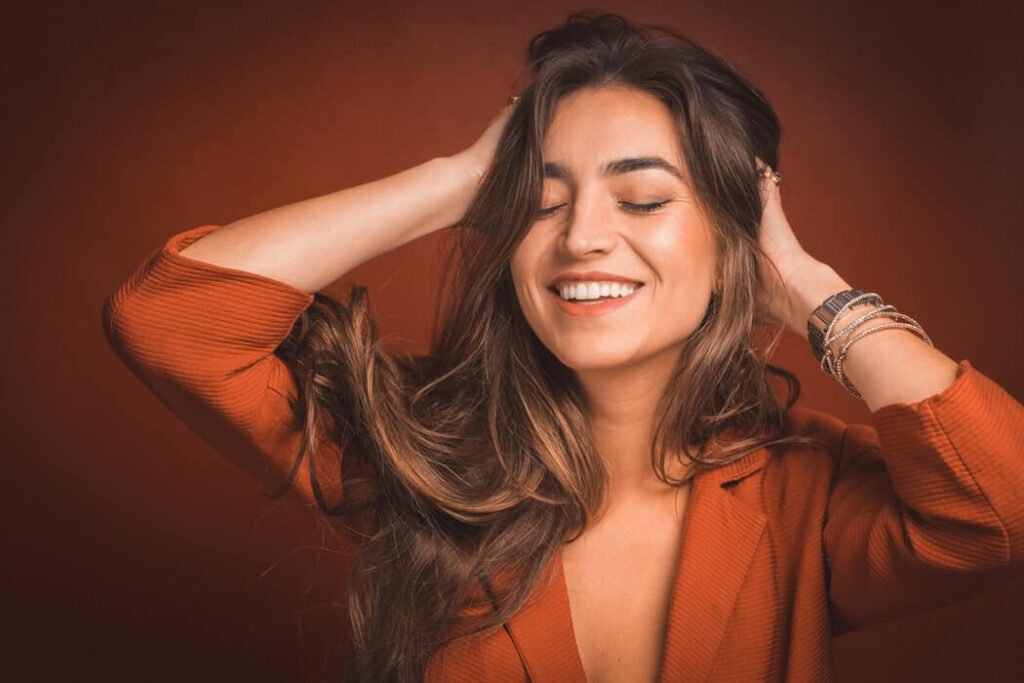
How to maintain African American human hair wigs
African American wigs need constant care and frequent washing routine. To keep them healthy and in good shape, you need to follow a proper washing regime.
Washing your wigs on time
You should wash your African American wigs every 1-2 weeks to keep them in good shape. This washing routine will prevent any sort of product or residue build-up which is caused by hair care products like hair sprays. Washing your African American wig after every 1-2 weeks also save it from getting excessively dry.
Using a conditioner when washing
Always use a conditioner when washing your African American wig. The frequency of using the conditioner is also the same as that of shampooing. Make sure that apply the conditioner to the ends of hair as those the roughest and fragile parts of your wig.
Proper treatment on time
African American wigs also need oil treatment twice a month. Oil treatment will add a bounce and uplift to the wig and will make it more attractive.
If you are planning to style your African American wig using any heating tool, then make sure you apply a good amount of heat protecting product. The heat protecting products are always applied to wet hair. It is excellent for minimizing heat damage.
Pay attention to the forbidden care products
Never use any wig care products which contain silicones or sulfates. Such products can permanently damage the hair strands due to the harsh chemicals which are used in it. There are many silicone and sulfate-free shampoos and products available out there which are the perfect ones for your hair.
Although, you might love braiding your African American wig. But make sure you don’t weave them too tight or it will damage the hair strands permanently. The best way to use sewn-in braids which are better as they aren’t too harsh on the wigs.
Pay attention to brush your wig
Brushing an African American wig also requires extra attention. You should use a wide-tooth comb to detangle and brush your wig. Such combs are easily available in the market and they aren’t too harsh on the hair strands and thus avoid breakage.
Daily care of African American human hair wigs
Other than the regular washing and styling care regime, you also need to adopt a routine of daily care of your wigs. You should keep your wig in a safe place after using it. Don’t put it in too much heat or humid conditions. Make sure you detangle them lightly with your fingers every day.
Always use a moisturizing product like essential oils to keep your African American wig in a good shape. The best oils to use for this purpose are geranium oil and frankincense oil. These oils don’t let your wig weigh down due to any reason.
Another great tip of caring for you African American wig is to use a silk pillowcase for sleeping. Although, your first priority should be to remove your wig before sleeping if in any case you are sleeping with your wig on then don’t forget to use a satin pillowcase to prevent friction.
Don’t forget to consult a hair specialist if you want to use relaxers for your African American wig. Overuse of relaxers can damage the wig permanently.
African American wigs come in a variety of attractive forms. From lace-front wigs and short wigs to layers and pixie wigs, there are tons of option available. African American wigs are designed by keeping in mind specific women. Using these wigs, you can experiment with different styles such as braiding, weaving, blow-drying and many more. Moreover, these wigs are much stronger than many other wigs and should be your ultimate option if you are a hairstyle-fanatic!
By adopting just a few hair care tips, you can not only keep your African American wig in a good shape, but you can also use them for a much longer time.
Conclusion
We all love wigs, but without proper care, the wig won’t last long. Therefore, don’t be quick to say it’s bad when you didn’t take care of it after you bought it. And even when you are wearing the wig, always protect and nourish your natural hair to prevent damage.
